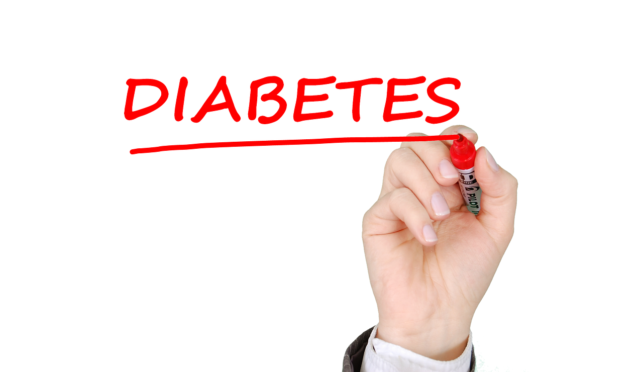Dear readers,
Diabetes belongs to NCDs. Let’s have an outline on this other main type of noncommunicable disease.
What is diabetes?
It is a chronic metabolic disease characterized by uncontrolled high blood glucose levels (blood sugar) over time. Insulin is the hormone involved in the regulation of blood sugar.
Three main types of diabetes exist:
- Type 1 diabetes, caused by an autoimmune reaction which induces progressive destruction of insulin-producing beta cells in the pancreas.This type of diabetes occurs most frequently in children, teenagers and young adults;
- Type 2 diabetes, characterized by insulin resistance. This type of diabetes is mostly diagnosed in adults and older people;
- Gestational diabetes, which occurs during pregnancy. Usually, it goes away after childbirth. However, you might develop type 2 diabetes later in life.
What are the common symptoms?
Symptoms depend on the type of diabetes diagnosed. Some of the symptoms are in common such as tiredness, frequent urination, increased hunger and excessive thirst and dry mouth.
Complications
Over time, untreated diabetes can lead to complications (e.g., kidney failure, foot ulcers, nerve damage, increased risk of heart attacks) and life-long health problems.
Causes and risk factors
For type 1 diabetes, the exact causes are still not clear but might be related to genetic and environmental factors, family history of diabetes and age (more likely to develop when you are young).
For type 2 diabetes several risk factors include a family history of diabetes, increasing age, excess of body weight, prediabetes condition, physical inactivity.
Any woman can develop gestational diabetes. However, the risk is higher whenyou had gestational diabetes in a previous pregnancy, a family history of type 2 diabetes, obesity condition.
What is meant by prediabetes condition?
It is a condition where the levels of blood sugar are higher than normal but not yet enough to talk about type 2 diabetes.
Prevention and benefits of PA
It is well known that a healthy lifestyle choice plays a remarkable role as a prevention and treatment strategy. In these choices, PA and exercise should be recommended and prescribed to control blood sugar levels. Being active lead to have more sensitivity to insulin, helping to manage diabetes. Besides, glucose levels must be frequently monitored and managed with an optimal and safe exercise protocol. Of course, PA recommendations may vary by diabetes type and individual condition and health status. Create your routine and stick with it! And, remember… exercise is health!
References
Diabetes Symptoms, Causes, & Treatment | ADA. Diabetes.org. Retrieved from;
https://www.diabetes.org/diabetes;
World Health Organization (WHO) 8 June 2020. Diabetes;
Edited by
Dott.ssa Francesca Greco



Commenta con Facebook